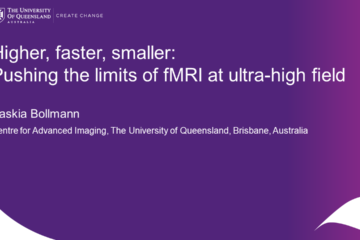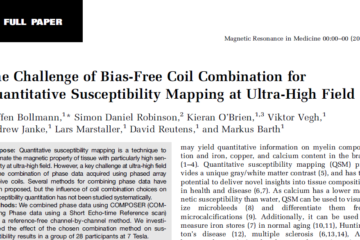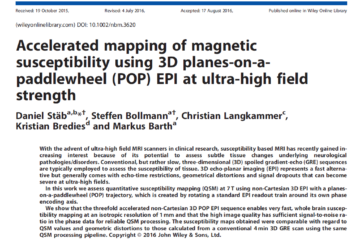Imaging of the pial arterial vasculature of the human brain in vivo using high-resolution 7T time-of-flight angiography
Our latest work is out in eLife: https://elifesciences.org/articles/71186 We show how small pial arteries can be targeted effectively with high-resolution in vivo MR imaging. The data is openly available (https://doi.org/10.17605/OSF.IO/NR6GC) and may be used for building models of brain physiology. The pial arterial vasculature of the human brain is the Read more









